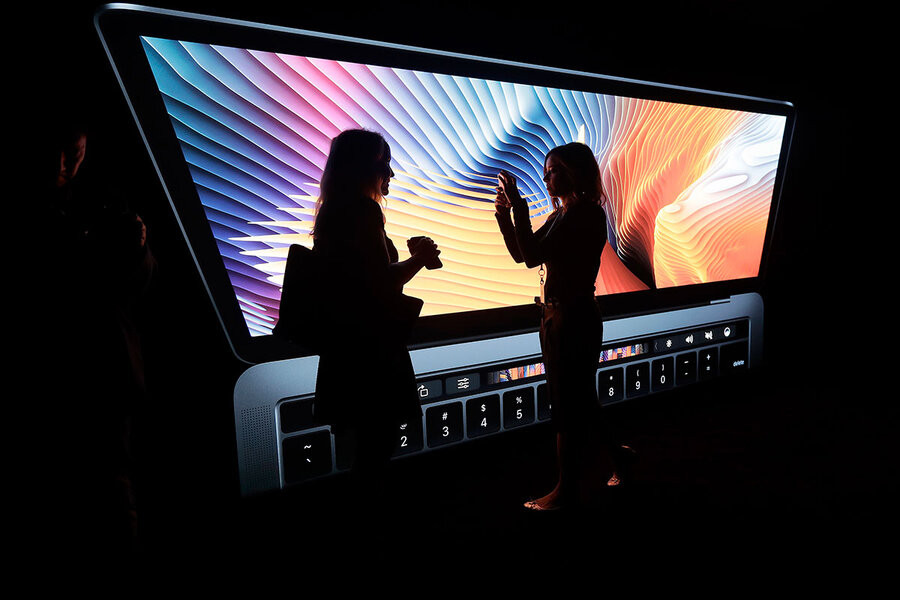Apple’s AI team publishes its first research paper
Loading...
Apple, a company known for their secrecy, announced at a conference earlier this month that their artificial intelligence (AI) team would begin publishing research papers.
The announcement, made during a presentation via a single slide at the Neural Information Processing Systems (NIPS) conference, meant that the tech giant would begin engaging with the rest of the AI research community; a community that has long been combining efforts to further develop AI technology.
In fact, for some time Facebook, Amazon, Microsoft, Google, and IBM – companies that could benefit greatly from artificial intelligence – have all been openly sharing their research in an effort to jointly progress in this nascent industry.
And now, less than a month after announcing their new policy, Apple has already published their first research paper, titled "Learning from Simulated and Unsupervised Images through Adversarial Training”. The paper addresses intelligent image-recognition technology, which involves training machines to recognize objects using computer-generated images.
The idea behind the paper is that using images that were computer-generated, and thus already labeled and annotated, more quickly and efficiently improves the ability of an algorithm in a machine to recognize characteristics of an image, as opposed to using real-life images, which involves considerably more time and effort.
There exist, however, problems with solely using generated images, namely that they are less photorealistic than real images, and so the machine identifies and learns about only about details that are present in the digital rendering. Thus the paper outlines a hybrid approach of utilizing generated, annotated images and merging them with those from real life, creating sets of photorealistic images that have also been annotated.
Though Apple’s recently published paper demonstrates an interesting and unique new approach to an angle of AI technology, their previous reticence in sharing any developments within the company had begun putting-off top-level researchers, possibly holding the company back.
Prior to Apple announcing their intention to begin publishing research papers, Google had already open-sourced their Machine Learning Framework called TensorFlow as well as their AI acquisition, DeepMind Labs. Microsoft had open sourced their Cognitive Toolkit and had collaborated with Elon Musk’s Open AI to further advance research and development of new AI products, Wired reported.
However Apple has been in the process of accelerating their own machine learning programs, having recently hired prominent Carnegie Mellon researcher, Russ Salakhutdinov (the man who made the announcement at the NIPS conference), as well as acquiring Percepto and Tuplejump, two startups with footholds in the industry.
Ideally for the AI industry as a whole, this recent paper will be the first of many to be published from the Apple research team, further participating in the AI community.
But not all scientists are entirely optimistic about the future of artificial intelligence. Renowned physicist and cosmologist Stephen Hawking is wary about the development of AI technology, as he believes it possible that computers could eventually emulate and even surpass human intelligence.
"In short, the rise of powerful AI will be either the best, or the worst thing, ever to happen to humanity. We do not yet know which,” said Mr. Hawking, quoted by the BBC.








